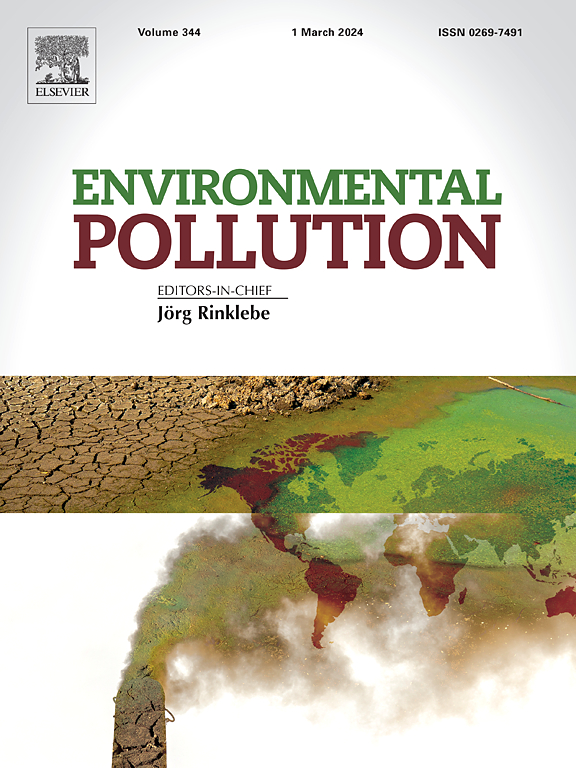Lead promoted bile acid deconjugation by modulating gut bacteria encoding bile salt hydrolase (BSH) in Rana chensinensis tadpoles
IF 7.6
2区 环境科学与生态学
Q1 ENVIRONMENTAL SCIENCES
引用次数: 0
Abstract
Bile salt hydrolase (BSH) is produced by gut bacteria and is responsible for deconjugating amino acids from the aliphatic side chains of conjugated bile acids (BAs), initiating the critical first step in BAs metabolism. Lead (Pb) is known to cause gut microbial dysbiosis, but whether it affects BAs profiles by reshaping the gut microbiota remains elusive. Here, using targeted BAs metabolomics and metagenomics sequencing, we found that 200 μg/L Pb treatment led to a significant increase in the abundance of BSH-producing microbiota (e.g., Eubacterium and Yersinia), thus promoting the deconjugation of taurocholic acid (TCA) and taurochenodeoxycholic acid (TCDCA). Consequently, the accumulation of relatively hydrophobic BAs cholic acid (CA) and chenodeoxycholic acid (CDCA) may cause damage to enterocytes (e.g., reduced microvilli and enterocyte heights), which attenuated tadpole digestion and ultimately led to significant reductions in morphological parameters. The inhibition of tadpole growth by Pb toxicity may negatively affect their survival and even increase their risk of death. Overall, these results revealed for the first time the toxicological mechanism by which Pb reshapes the gut microbiota and thus disrupts the BAs profile, shedding new insights into the detrimental effects of Pb toxicity on amphibian growth.


求助全文
约1分钟内获得全文
求助全文
来源期刊

Environmental Pollution
环境科学-环境科学
CiteScore
16.00
自引率
6.70%
发文量
2082
审稿时长
2.9 months
期刊介绍:
Environmental Pollution is an international peer-reviewed journal that publishes high-quality research papers and review articles covering all aspects of environmental pollution and its impacts on ecosystems and human health.
Subject areas include, but are not limited to:
• Sources and occurrences of pollutants that are clearly defined and measured in environmental compartments, food and food-related items, and human bodies;
• Interlinks between contaminant exposure and biological, ecological, and human health effects, including those of climate change;
• Contaminants of emerging concerns (including but not limited to antibiotic resistant microorganisms or genes, microplastics/nanoplastics, electronic wastes, light, and noise) and/or their biological, ecological, or human health effects;
• Laboratory and field studies on the remediation/mitigation of environmental pollution via new techniques and with clear links to biological, ecological, or human health effects;
• Modeling of pollution processes, patterns, or trends that is of clear environmental and/or human health interest;
• New techniques that measure and examine environmental occurrences, transport, behavior, and effects of pollutants within the environment or the laboratory, provided that they can be clearly used to address problems within regional or global environmental compartments.
 求助内容:
求助内容: 应助结果提醒方式:
应助结果提醒方式:


